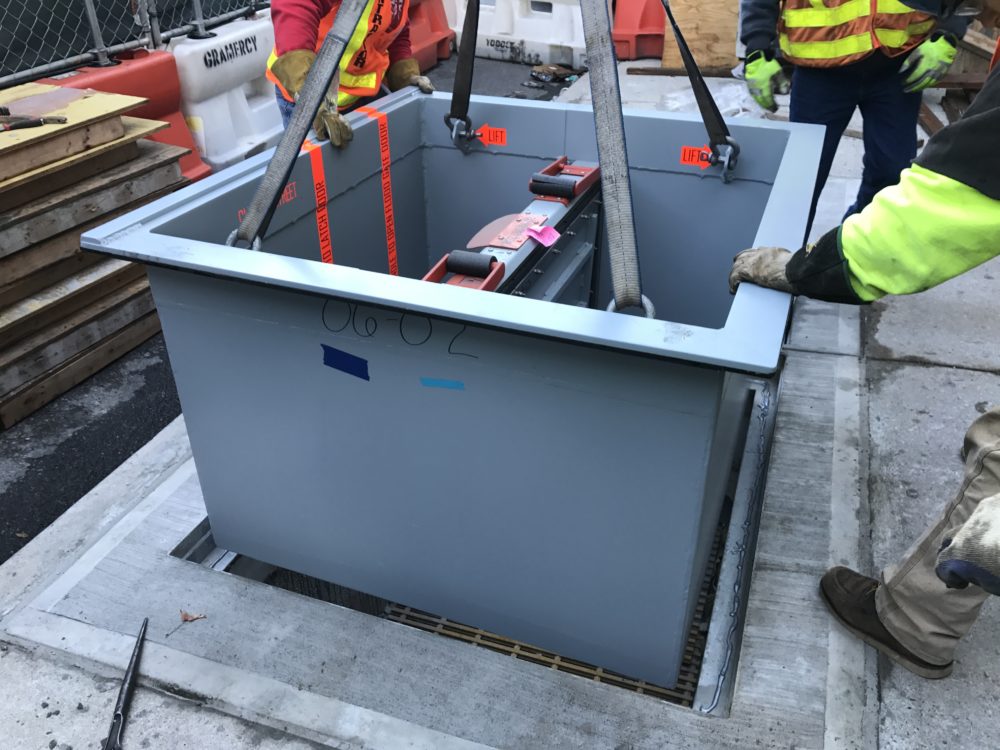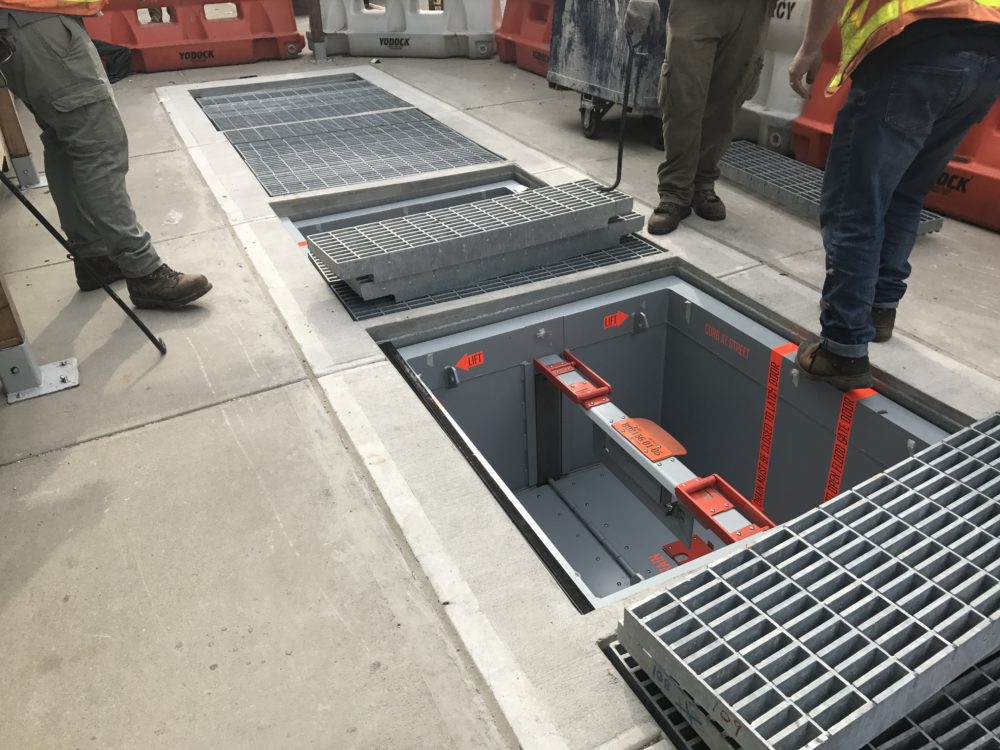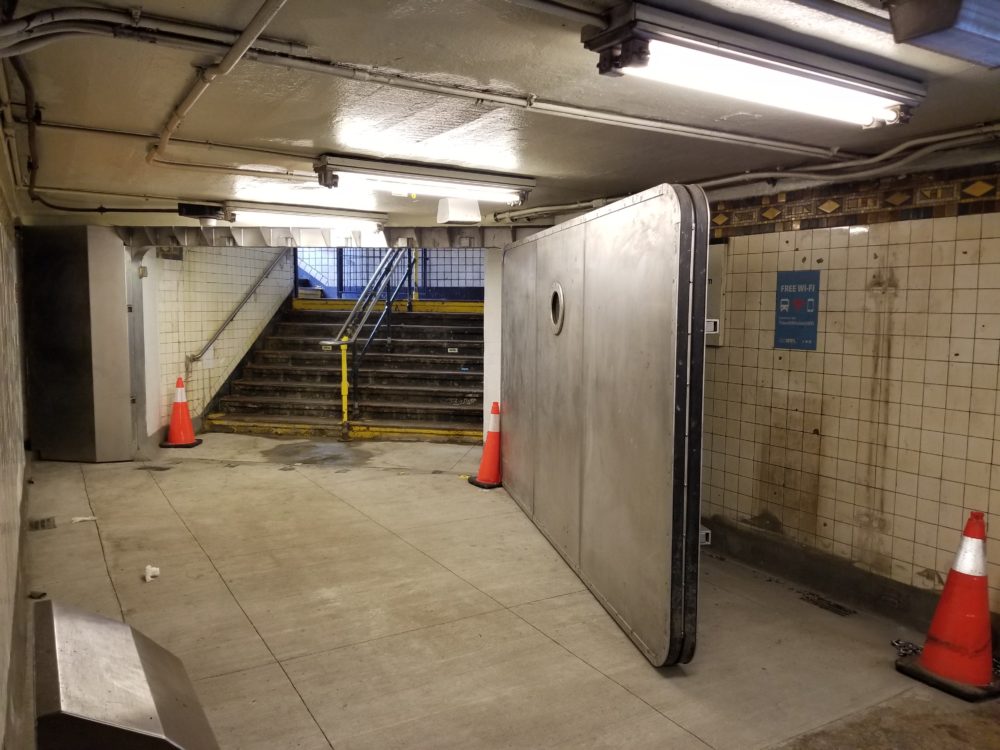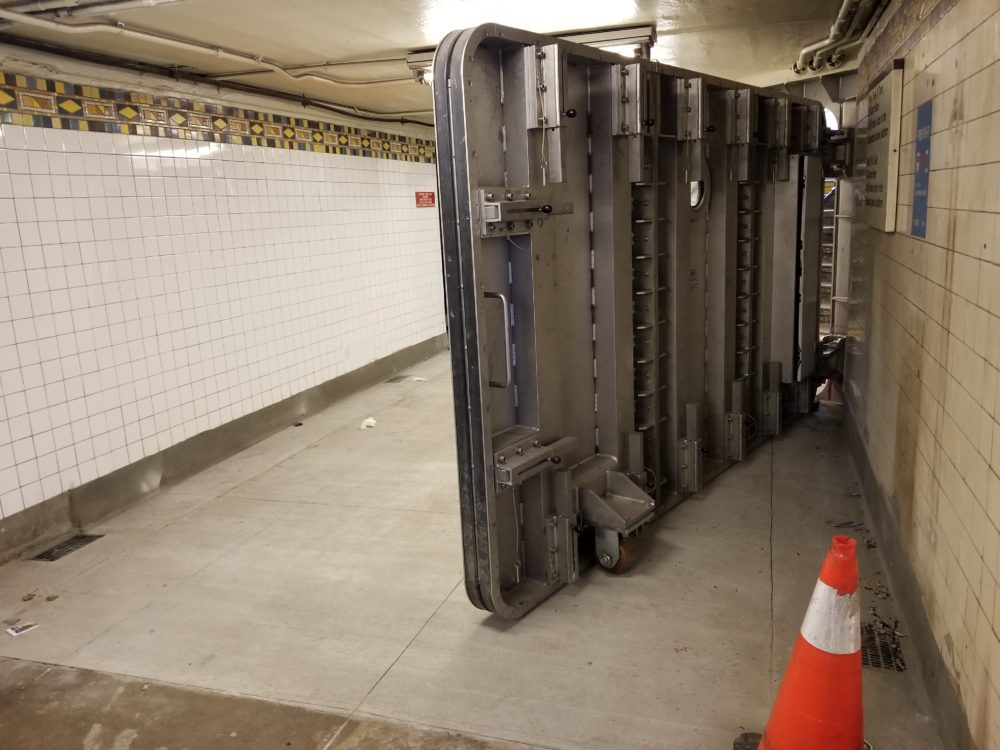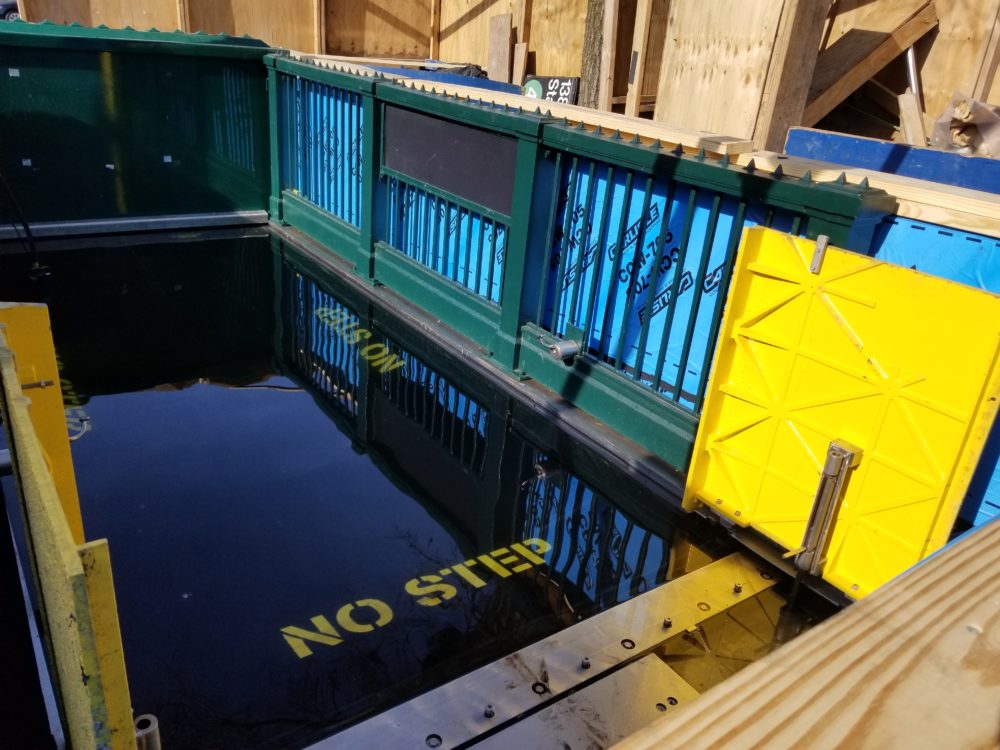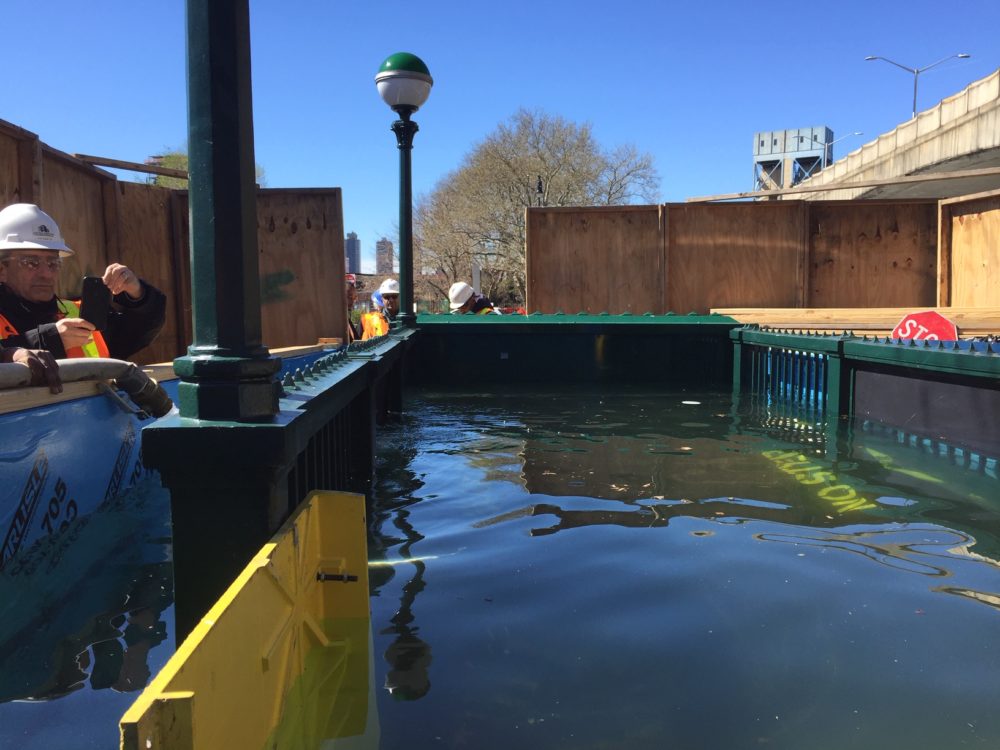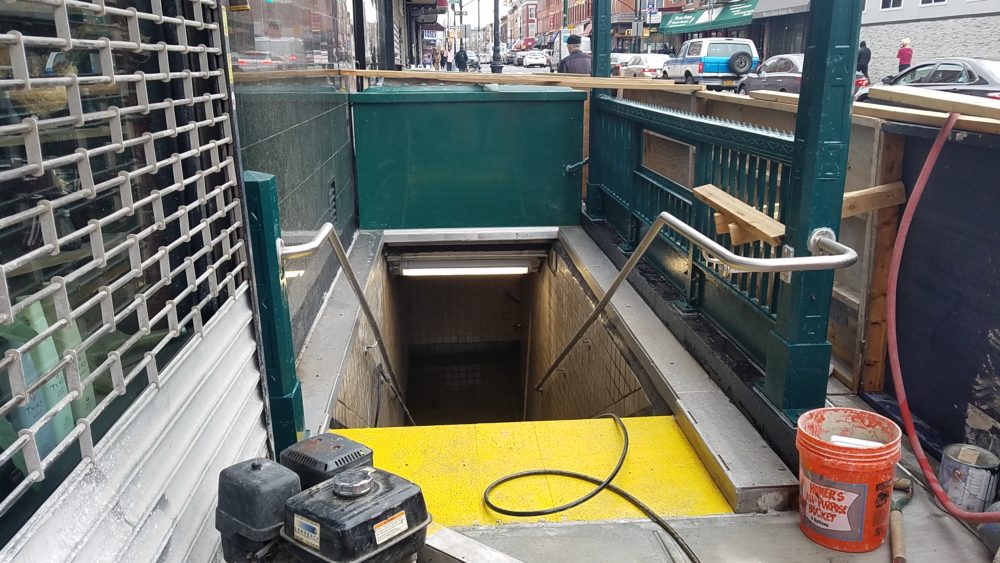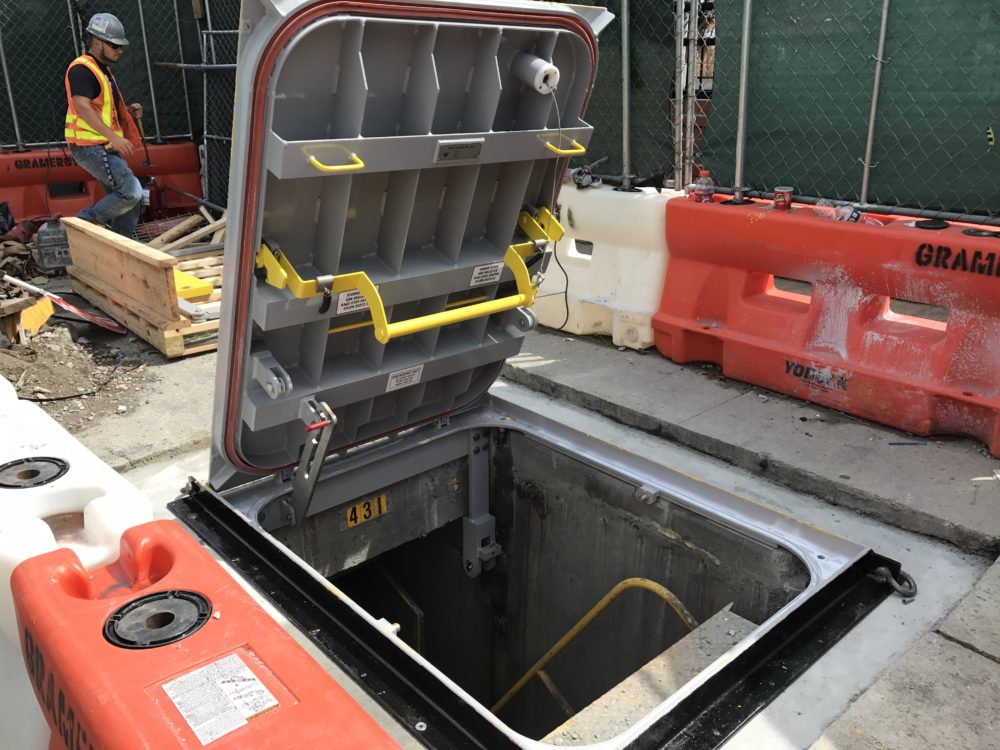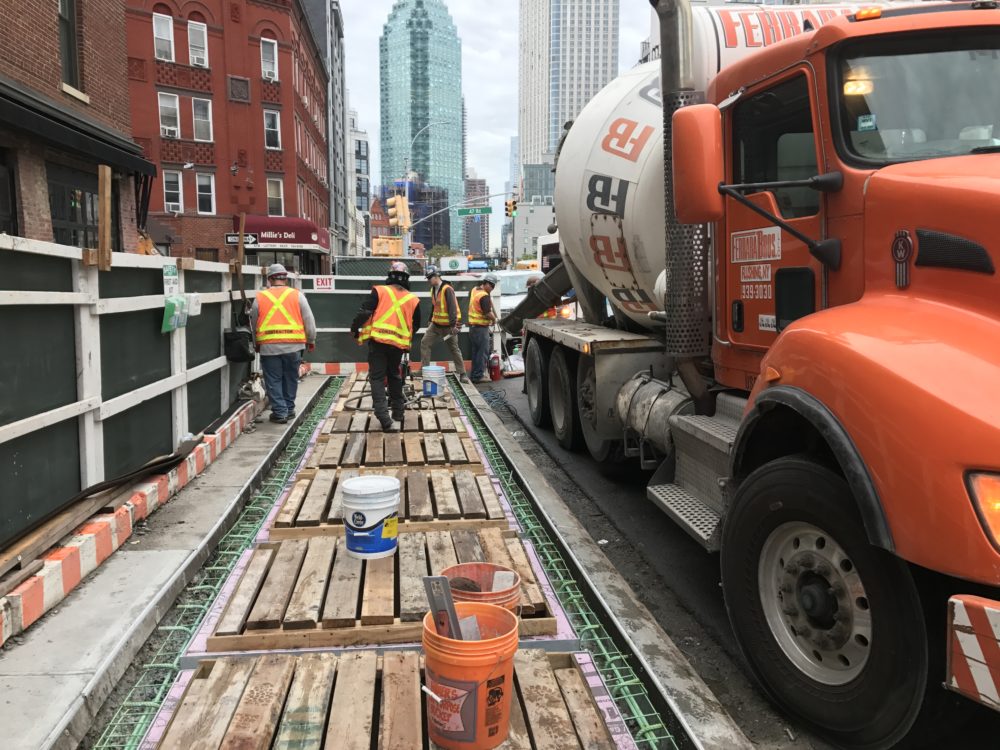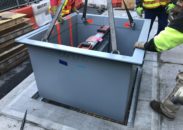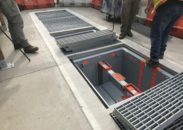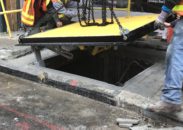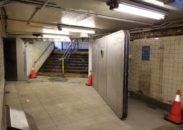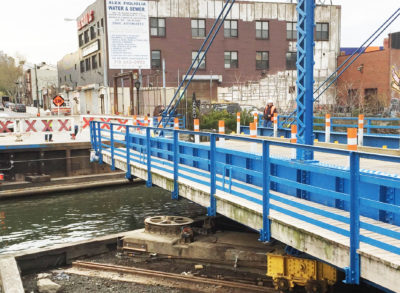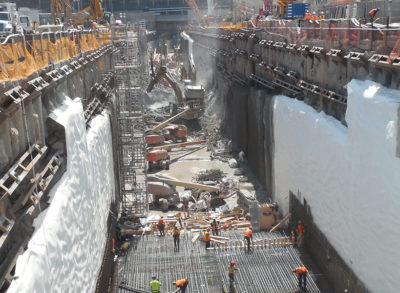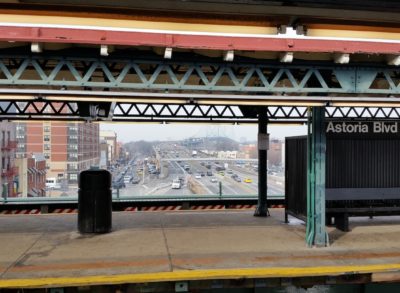Overview
Superstorm Sandy’s storm surge infiltrated New York City’s subway tunnels’ below grade assets through vulnerable points at tunnel portals, stairways, and other street level openings to the system. This resulted in costly property damage and significant service disruption long after the flood waters receded. The effects of the salt water intrusion into the below grade facilities and systems required further repairs, which are still ongoing. LiRo-Hill is providing consultant construction management and inspection services in support of NYCT’s resiliency project for two individual construction contracts, A37659 – Nine Stations and One Fan Plant and A37660 – Seven Stations and One Fan Plant, which provide for the elimination and/ or mitigation of various entry points by which water can and did enter the system. The scope of work applies to both contracts but differ in geographic location of the Stations.
About the Project
LiRo-Hill is tasked with the management of contractors’ installation of various mitigation devices, including water tight gates and doors (flex-gates), stop logs systems, deployable covers, mechanical closure devices (MCD’s), water tight hatches doors, manhole lids, and sealing of penetrations.
Project Challenges & Solutions
The contracts require extensive coordination with manufacturers and suppliers, the two designers of record, and the operating Departments of NYCT. LiRo-Hill was also given a task beyond the original scope of the contract to review and survey other regional infrastructure vulnerable to similar surge damage that were missed during the design phases. LiRo-Hill’s findings and results of their survey were compiled and coordinated with the NYCT CMO and DOR’s so that the appropriate resiliency measures could be installed. All data results, geographical maps, and reports were formalized and provided to NYCT to incorporate into a future contract.
Outcome
The goal is to ensure that all vulnerable infrastructure is protected and water will be prevented from entering the stations from a future Category II Hurricane and associated storm surges.
